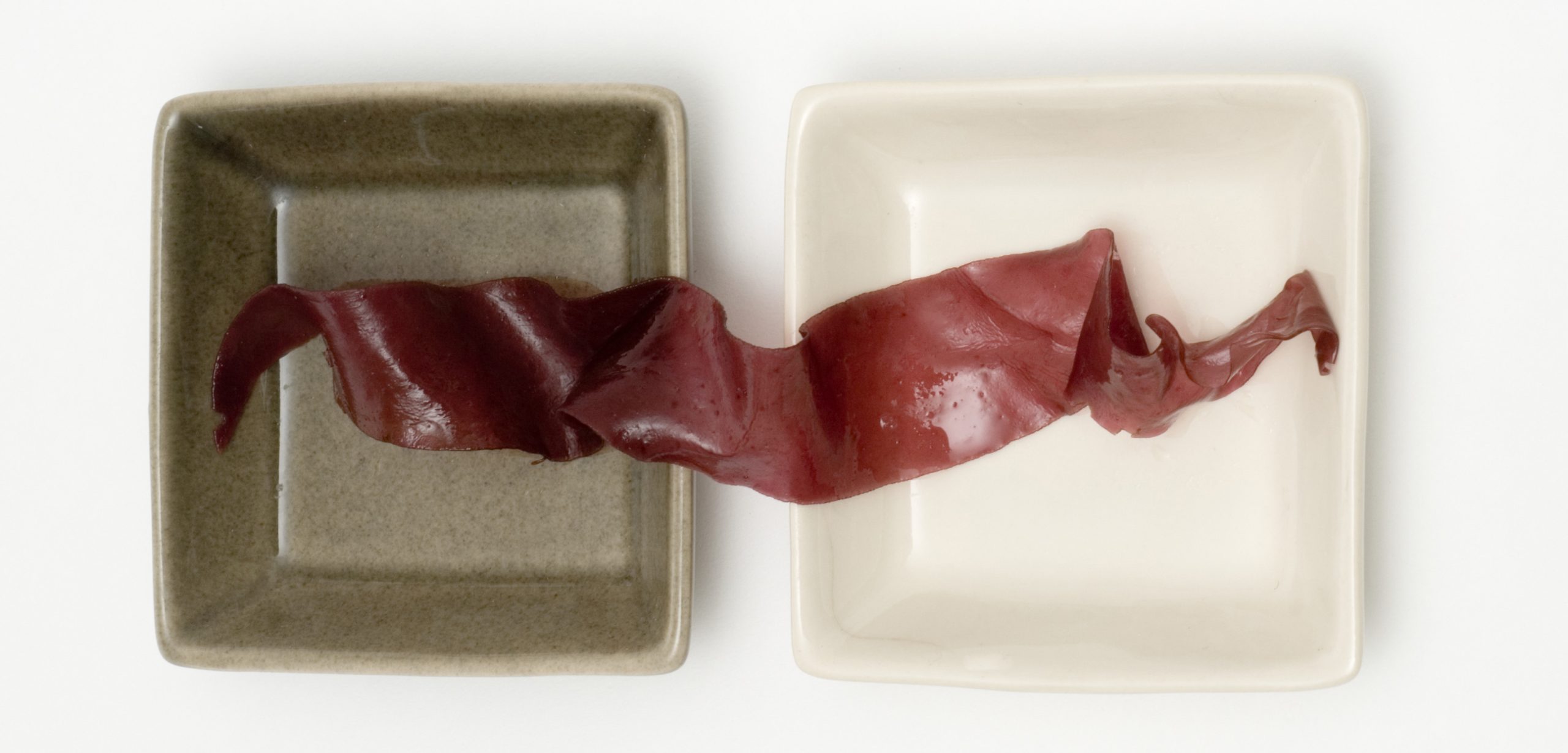Stories from the Seven Seas
A weird and wonderful week’s worth of coastal news.
Article body copy
Hakai Magazine is all about the coast, but other outlets sometimes share our fascination. Every week on Strand we round up our favorite coastal stories from around the web.
Stop everything: there’s a new seaweed that tastes like bacon and is better for you than kale
by Helen Regan for Time
“The team began researching ways of farming the new strain of dulse to feed abalone, but they quickly realized its potential to do well in the human-food market.
‘There hasn’t been a lot of interest in using it in a fresh form. But this stuff is pretty amazing,’ said chief researcher Chris Langdon. ‘When you fry it, which I have done, it tastes like bacon, not seaweed. And it’s a pretty strong bacon flavor.’”
Great white shark is rescued from Chatham beach
by Felicia Gans for The Boston Globe
“Though great whites like this 7½-foot male are relatively common along Cape Cod in the summer, they seldom end up on the beach. The encounter was a rare chance for beachgoers to see the predator up close—and for conservation advocates to put their efforts on display.”
China’s famous ‘face-kini’ gets Peking Opera-inspired facelift
by Joseph Campbell for Reuters
“The face-kini appeared in 2004 on the beaches of the coastal city of Qingdao, in response to demands for full protection from both the sun and from jellyfish stings.
The inventor, former accountant Zhang Shifan, told Reuters she never imagined her mask would become so popular with about 30,000 of them sold over the past year.”
Arctic deal bans North Pole fishing
by the BBC
“The US and Russia are among five countries to have signed a deal to prevent commercial fishing in the melting Arctic sea ice near the North Pole.
Norway, Canada and Denmark also backed the agreement signed in Oslo.
Although the central Arctic is unlikely to have fish stocks for some time, scientists believe they will arrive as thinning ice melts in the summer.”
Crown jewel of Cuba’s coral reefs
by Erica Goode for The New York Times
“The resilience of this coral reef seems beyond question. The waters inside the preserve hold 10 times as many sharks as outside, Dr. Pina said, and goliath grouper, rare in many places, are often seen here.
Remoteness, several scientists said, probably accounts for some of the reef’s strength. Genetics may also play a role. But the reef here was not always as healthy; it has substantially recovered and thrived since the marine preserve, one of the largest in the Caribbean, was established nearly 20 years ago.”
Big hydro threatens to wipe out little hydro in Malaysia
by Christina Nunez for National Geographic
“The villages draw on the nearby Papar River’s current to generate enough power to run lights, refrigerators, and phone-chargers for up to 50 households. The systems, dubbed ‘microhydro,’ are small-scale versions of the same hydroelectric dams that help power large cities.
Now, however, a controversial proposal to build a bigger dam threatens to wipe out at least six villages with such systems that are either installed or almost complete. The Kaiduan dam would provide drinking water and electricity for urban areas on the west coast.”
50-million-year-old worm sperm found preserved in Antarctica
by Mary Beth Griggs for Popular Science
“[T]hese cocoons are integral to the mating process of many different species of worm and leech. After mating, the worms secrete a sticky gel like cocoon that contains the egg and sperm. Over time, it hardens, trapping the cells inside.
In that regard, the cocoons act just like amber, trapping tiny bugs inside. But unlike amber, which captures actual bugs, these cocoons capture tiny microorganisms, which almost never get preserved in the fossil record.”

